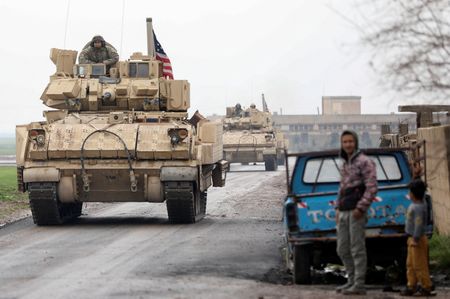In a recent twist that feels straight out of a political drama, the Pentagon has revealed that the number of U.S. troops in Syria is more than double what was previously disclosed. For years, officials maintained that about 900 American soldiers were stationed in Syria. However, as of December 19, 2024, that figure has surged to approximately 2,000.
This increase, which has been in place for months, was recently confirmed by Pentagon press secretary Maj. Gen. Pat Ryder.
The additional forces, primarily U.S. Army conventional and special operations units, were deployed to bolster efforts against the Islamic State group. The Pentagon had previously denied any changes in troop levels, citing “diplomatic considerations” for their initial secrecy. This revelation comes on the heels of the chaotic overthrow of Syrian President Bashar Assad on December 8, adding another layer of complexity to the situation.
This disclosure stands in stark contrast to statements made by Vice President Kamala Harris during a September debate, where she asserted that no U.S. military personnel were serving in active combat zones. Her exact words were: “As of today, there is not one member of the United States military who is in active duty in a combat zone, in any war zone around the world, for the first time this century.”
Critics have been quick to point out the discrepancy between Harris’s statements and the current reality. Families of wounded veterans have expressed their dismay, emphasizing that such remarks overlook the sacrifices made by service members stationed in hostile environments.
The situation underscores the complexities and challenges of maintaining transparency in military operations, especially in volatile regions like Syria. As the U.S. continues its efforts to combat extremist groups and navigate shifting political landscapes, the need for clear and accurate communication with the public remains paramount.

